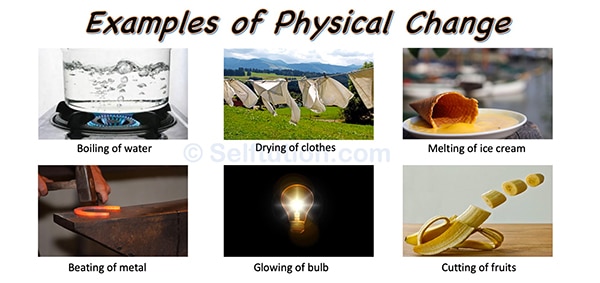
For the balloon and coke bottle, I will tell them what they need to do, but not show them. First, I will explain the materials to the children. Per pair they will need: 1 small cup with mixture of materials (sugar, cut paper, marbles, and aquarium rocks), coke bottle with small amount of vinegar in bottom, balloon with baking soda in it (attached to top of coke bottle with a rubber band), one data sheet, and one pencilĦ. Materials and Equipment: The children will be divided into pairs. ( Alabama Course of Study: Science, p.40, 3.22)ĥ. When the baking soda and vinegar mixed together, something new was created that caused the balloon to blow up. ( Alabama Course of Study: Science, p.40, 3.22) Concepts Covered in the Lesson: When the mixture of matter was divided up, there wasn’t anything new, the matter just looked different. It is important for the children to understand that water evaporating is not the same thing as the baking soda and vinegar mixture releasing carbon dioxide.Ĥ.

This mixture releases the gas carbon dioxide, which fills up the balloon. In this lesson, children will observe this chemical reaction when mixing baking soda and vinegar. Chemical changes occur when chemical reactions occur. This can include changes of states of matter. Physical changes basically mean a change in the way matter looks. The purpose of this lesson will be to introduce physical and chemical changes to the children. Examples of nuclear changes include atomic fission, nuclear fusion, and the energy of sun and stars. Nuclear changes occur when the nuclei of atoms are rearranged to form new atoms. Examples of chemical changes include, rusting, fire, and overcooking. A chemical change occurs when matter is changed into one or more different types of matter. Examples of physical change include, cutting paper, melting butter, dissolving salt in water, and breaking glass. The matter is still the same after the change takes place. A physical change is a change in appearance only. These types of change are physical, chemical, and nuclear.
#Physical and chemical changes free#
This free movement of particles results in the gas’s ability to fill a larger space. Gas particles move around even more than liquids. Particles in a gas do not pull together strongly. Therefore, liquid particles can move around each other resulting in the change of shape. Particles in a liquid do not have the strong pull between each other that exists in solids. These particles move back and forth, but do not exchange places. Particles in a solid keep their certain shape because they stay close together. The level of movement for these particles determines the state of matter. These atoms join to compose larger particles that result in visible matter. Plasma can be found in stars, nuclear explosions, and neon signs.Īll matter is made up of tiny particles called atoms. Plasma has the properties of gas, but consists of charged particles, rather than uncharged atoms. Scientists recently classified the plasma state. A gas takes the shape of its container and can fill a larger volume. A liquid takes the shape of its container and keeps its volume. These states are solid, liquid, gas, and plasma. Properties of matter include things such as color, size, taste, smell, texture, etc. Everything in the universe is made of matter. Volume refers to the amount of space that the matter occupies. Mass refers to the measure of the amount of material that makes up the matter. Background Information for the Teacher: Matter is defined as anything that has mass and volume. Identify the difference between chemical and physical changes.

Grade Level and Course of Study content standard: This will be a third grade lesson. Brief Description of the Lesson: This is a hands-on inquiry lesson where students will learn about the difference between physical and chemical changes of matter by causing both types of changes with selected matter, and observing the effects of the changes on the matter.Ģ.


 0 kommentar(er)
0 kommentar(er)
